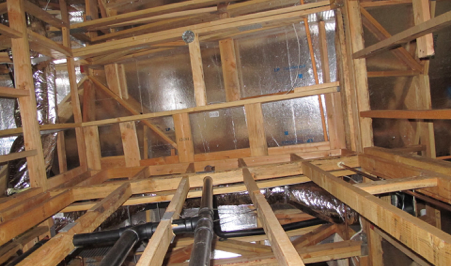My Blog
Q:
DrPeering –
How has Internet Peering changed over the past 10 years or so?
Gern Blanston
A:
The Internet Peering Ecosystem in the U.S. has changed significantly from 1987 to 2000, and even more significantly from 2000 to 2012. Much of this is documented in "The 21st Century Internet Peering Ecosystem" but you might also find interesting the differences between the U.S. Internet Peering Ecosystem and those found across Asia as described in "The Asia Pacific Peering Guidebook" where I document how peering in Asia is different from peering elsewhere in the world.
If I was to generalize about the peering scaffolding, I would say that we have seen churn (companies abandoning peering as a tactic) in the U.S. Internet Peering Ecosystem as the result of these trends:
-
★The Internet Transit prices have dropped (the Business Case for Peering failed)
-
★so Internet Peering is a more tenuous value proposition from a purely financial value proposition
-
★and as a result, many (that do the math) are churning out of the peering ecosystem and simply purchasing Internet Transit.
As fast a companies leave, new companies join.
-
★New entrants into the Internet Peering Ecosystem are bringing with them new demands on the cost-benefit analysis for Internet Peering
-
★since Internet Peering can work better, it is OK if it costs more
-
★and these emerging participants into the Internet Peering Ecosystem are proving their business case for peering not using financial math but from the performance benefits
And there is the shift in the power dynamics in the emerging Internet Peering Ecosystem:
-
★The access networks cater to these high performance peering interests by charging for paid peering to get their content directly onto the access networks.
I would say that these are some of the more significant changes in the peering world. Other than these, the pipes get bigger and the prices continue to drop, and more peering locations pop up. Many peering locations will fail because they do not understand the essentials of spinning up an IXP, or they do not have the proper concoction (carriers, transport options, transit prices, Tier 2 ISPs, CDNs andContent Players, eyeball networks, etc.) in their Internet Peering Ecosystem.

How has Internet Peering changed over the past 10 years?
How has Internet Peering changed?
March 24, 2012

The 2014 Internet Peering Playbook
In Print
and for the Kindle:
The PDF, ePub and
.mobi files are
also available as a
perpetually updated
DropBox share:
Price: $9.99
and in French!
The 2013 Internet Peering Playbook
also available for the Kindle:
and the ipad










